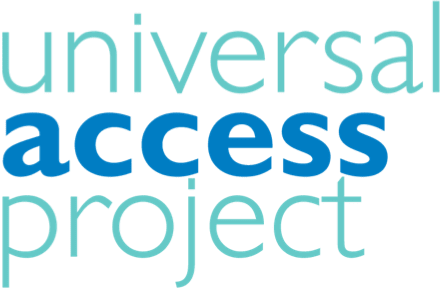Beyond Compliance: Four Steps To Investing In Workplace Women’s Health & Empowerment
Download the Framework for Corporate Action on Workplace Women’s Health and Empowerment here.
Women’s health is central to women’s empowerment, economic development, and opportunities for decent work. For the nearly 200 million women working in global supply chains to thrive and advance in the workplace, they need access to essential health care services from quality reproductive care to cancer screenings to protection from gender-based violence. But too often, the specific needs of these women workers have been under-prioritized or ignored.
Companies are taking note, especially those that employ largely female workforces. In industries like garment manufacturing to coffee, tea, cocoa, and flower farming, to hospitality, in which women comprise 50 to 80 percent of the workforce, dozens of companies have launched programs to address women’s health and empowerment in their workforce and are already reaping the business benefits while also advancing the Sustainable Development Goals (SDGs).
The “why” of investing in workplace women’s health and empowerment is clear. But what about the “how”?
The United Nations Foundation, together with the UN Global Compact and the UN Population Fund and in consultation with major corporations and NGOs, surveyed a breadth of programs and companies to compile the best practices in investing in workplace women’s health and empowerment. The result, a Framework for Corporate Action on Workplace Women’s Health and Empowerment[KS1] , provides a holistic approach for companies, whatever their experience, to go beyond compliance and embed women’s health and empowerment in their policies, systems, and operations.
Importantly, the Framework repositions health as the essential foundation of empowerment, the very basis which then drives the other elements addressed in the Framework like economic empowerment and protection from harassment. This practical, how-to guide offers concrete recommendations for companies to take action for women and families in their supply chain – and see the benefits for women, communities, and their business.
The Framework outlines specific actions, rationale, and resources for both buyers and suppliers in a four-step process:
Step One: Understand workers’ needs and operational gaps. The needs of workers must drive all actions. This means establishing processes for understanding the specific issues facing female workers, and surveys that go beyond traditional workplace assessments. For example, the Levi Strauss & Co. Worker Needs & Satisfaction Survey asks about health and well-being, equality, and security, and economic needs.
Step Two: Set priorities and targets. Once needs are assessed, companies should build clear priorities and set measurable targets based on findings of the assessment. This creates a public benchmark throughout the company and ensures accountability on the road to driving sustainable change. Nordstrom, for example, illustrates the importance of a measurable, time-bound goal with its commitment to source 70 percent of all Nordstrom-made products from factories that support women’s empowerment by 2023, reaching 75,000 workers in China, Vietnam, India, and Bangladesh, including a specific target to reach 40,000 workers with health training. It can use these targets – including the percentage of products, the number of workers reached, and in what countries – to measure against progress in the lead up to the 2023 goal.
Step Three: Take action on women’s health and empowerment. Businesses should then put their priorities into action by offering education and services that address the health and empowerment needs of their female workforce, from worker health, to protection from violence and harassment, to economic empowerment. Action can take a variety of forms and can evolve over time: global tea company Twinings, for example, began with an initial commitment to reach 40,000 workers with a health education program. Now, it has expanded its commitment to reach 75,000 workers with the program, and 50,000 with actual health services, by 2023. Education and training are important aspects of any health and empowerment program, but workers must also have access to services and advancement opportunities.
Step Four: Measure, improve, and communicate. Companies should conduct ongoing measurement against the targets set in step two to evaluate impact, course-correct during implementation, and learn and improve for future programming. Communicating results to internal and external stakeholders is essential. For example, Sri Lankan apparel supplier Hirdaramani implemented the Wonder of Well-being (WOW) initiative, which established a WOW team represented by all business units from senior managers to line workers. The WOW team collects, analyzes against pre-set metrics, and shares data with workers so the whole company is engaged and accountable for progress.
These four steps, and the specific actions and recommendations outlined within each, are outlined in a linear fashion but with the understanding that companies are at different points in this process, and that businesses may need to approach multiple actions simultaneously and create a cyclical learning process to achieve sustainability and ultimately, long-term change for their female workforce.
The Framework reflects that the tide is beginning to turn: Companies employing large numbers of women in their global supply chains are moving to invest in workplace women’s health and empowerment, recognizing that what is good for women workers also generates business returns through a healthier, more productive workforce.
Investing in the health and well-being of women workers is the right thing to do, and the smart thing to do, as part of a growing movement by the private sector to move beyond a necessary – but limited – compliance approach and go multiple steps further to drive real change for workers, communities, and the world.
